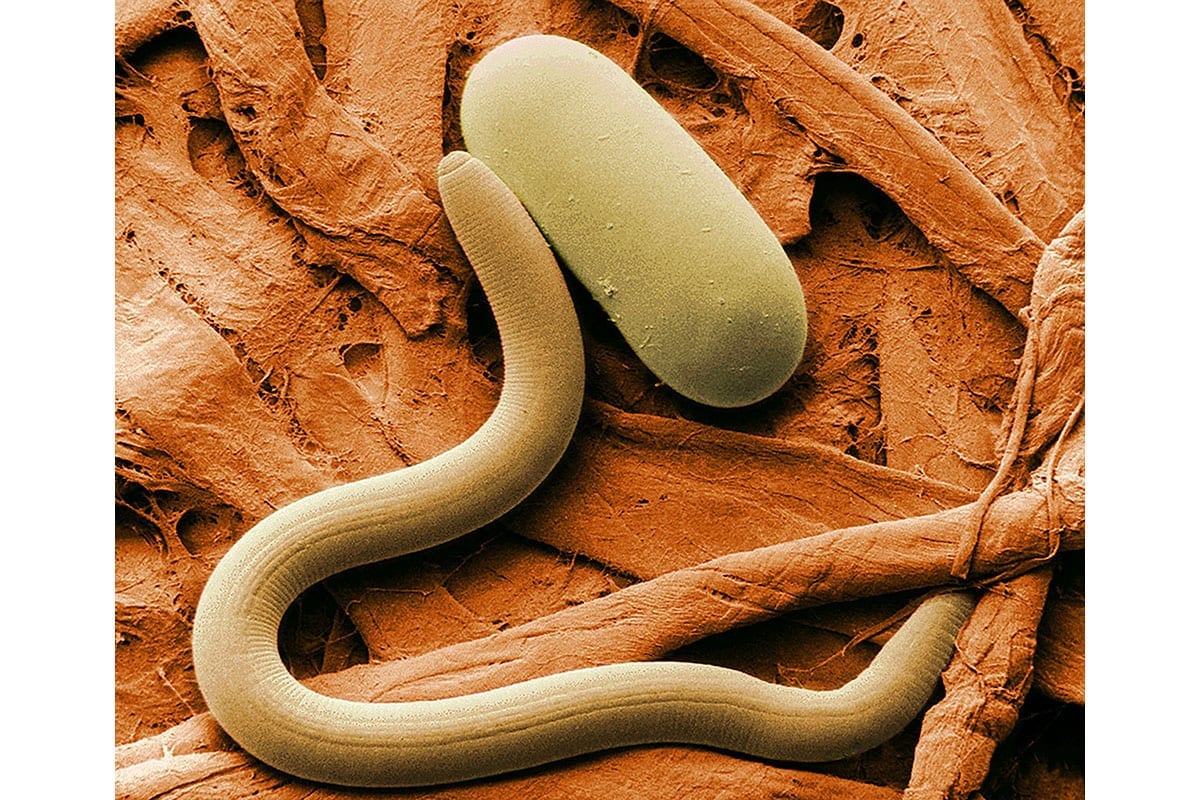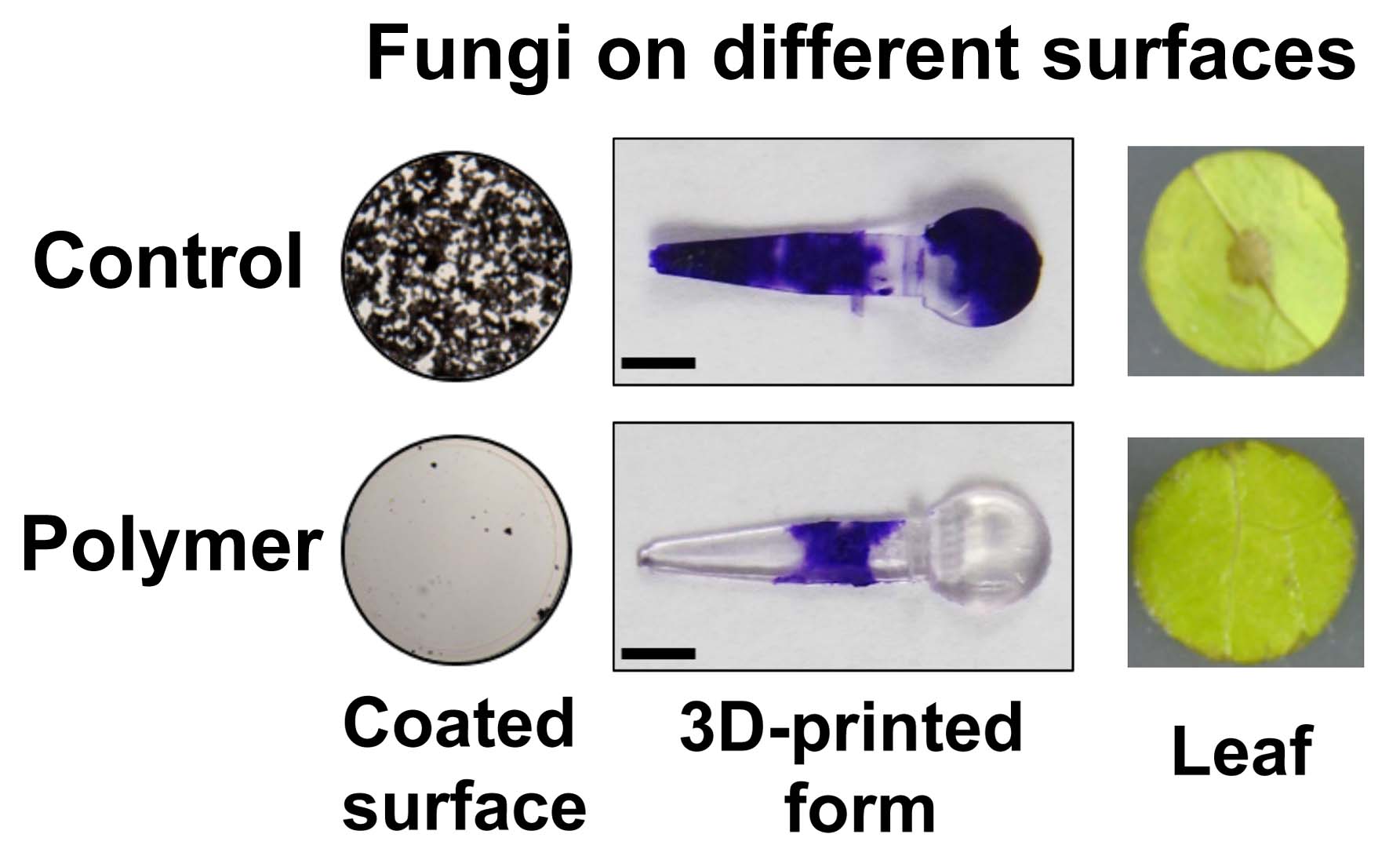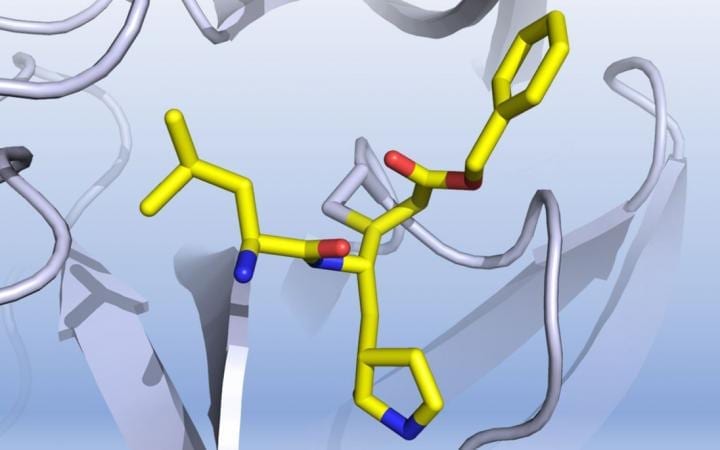The soybean cyst nematode sucks the nutrients out of soybean roots, causing more than $1 billion in soybean yield losses in the U.S. each year. A new study finds that one type of fungi can cut the nematodes’ reproductive success by more than half.
The researchers report their findings in the journal Plant Disease.
Previous studies have found that fungi in the soil that form mutually beneficial relationships with soybeans and other plants can influence the success of plant parasitic nematodes, including SCN. But the effectiveness of using these “arbuscular mycorrhizal fungi” to thwart plant parasitic fungi varies from study to study, making growers reluctant to embrace this as a method of control, Hartman said.
“In this study, we focused on five different species of arbuscular mycorrhizal fungi to see if they differed in their ability to protect soybeans against SCN,” Pawlowski said.
The researchers inoculated young soybean plants with fungi and SCN in greenhouse experiments. By the end of the experiment, all five fungal species had reduced the number of SCN cysts in the roots. The lowest number of cysts occurred on plants inoculated with the fungus Funneliformis mosseae. These averaged 10 cysts per plant. Soybean plants that were not inoculated with fungi accumulated 75 or more cysts per plant.
“Each cyst may contain hundreds of nematode eggs,” Hartman said.
Further experiments with F. mosseae revealed that exposure to the fungus reduced the number of juvenile nematodes on the plants by more than half.
The Latest Updates from Bing News & Google News
Go deeper with Bing News on:
Soybean yield
- Attaché projects small increases in Argentina soybeans
Soybean production in Argentina has been projected to increase slightly in 2024/25, according to the United States Department of Agriculture attaché in Buenos Aires.
- Early planting pros, cons: Weighing soybean risks and benefits
Studies from Pioneer show that there are several benefits to early-planted soybeans. Research consistently demonstrates that the timing of soybean planting influences soybean yield.
- Diseases: Cutting costs without cutting yields
Cold, hard truth is diseases and nematodes steal your yield and profit, and newer, often more expensive products, typically are better than older products.
- Gene seekers discover atypical genes that control multiple valuable soybean traits
A team led by Purdue University soybean geneticist Jianxin Ma has developed a new biotechnological tool for the domestication of desirable traits from wild soybeans, such as resistance to leafhopper ...
- Beat soybean diseases to the punch
If you have previously experienced SDS or white mold in your fields, it is likely they will pop up again. Be proactive to win the battle.
Go deeper with Google Headlines on:
Soybean yield
[google_news title=”” keyword=”soybean yield” num_posts=”5″ blurb_length=”0″ show_thumb=”left”]
Go deeper with Bing News on:
Funneliformis mosseae
- Feed has no items.
Go deeper with Google Headlines on:
Funneliformis mosseae
[google_news title=”” keyword=”Funneliformis mosseae” num_posts=”5″ blurb_length=”0″ show_thumb=”left”]











